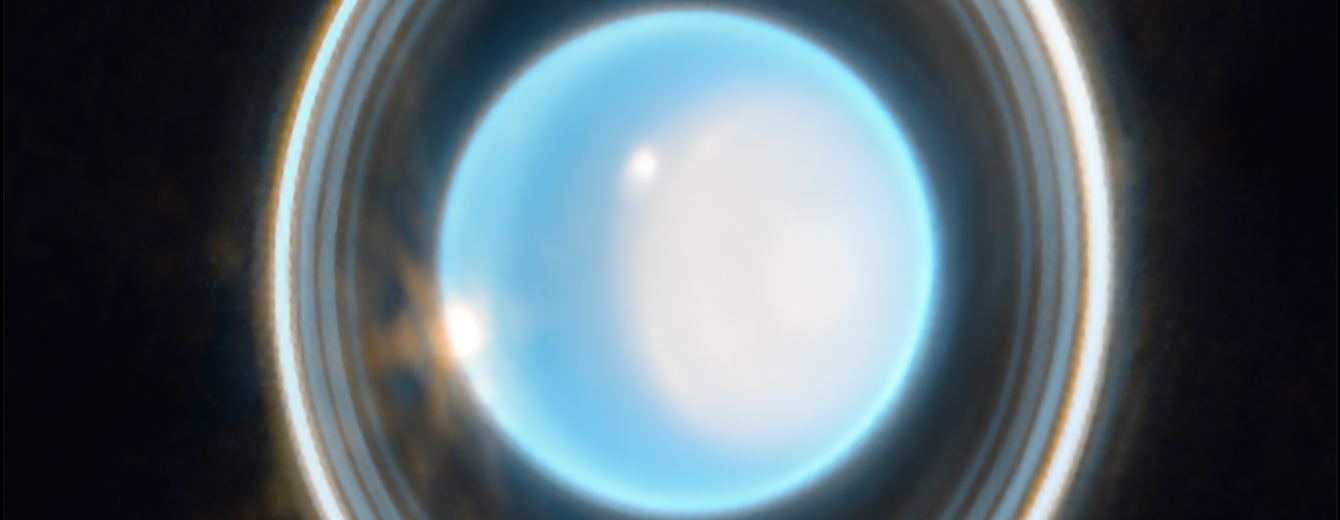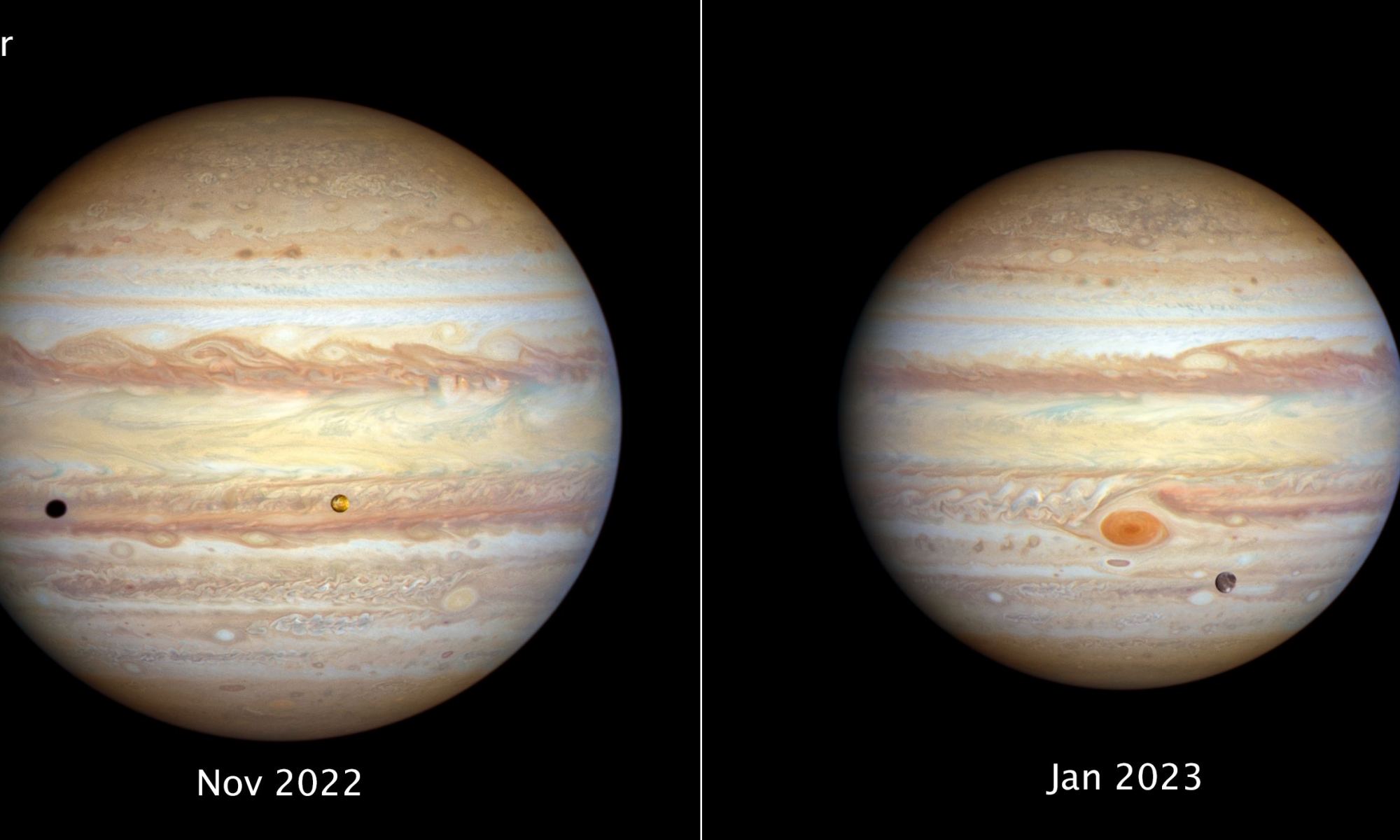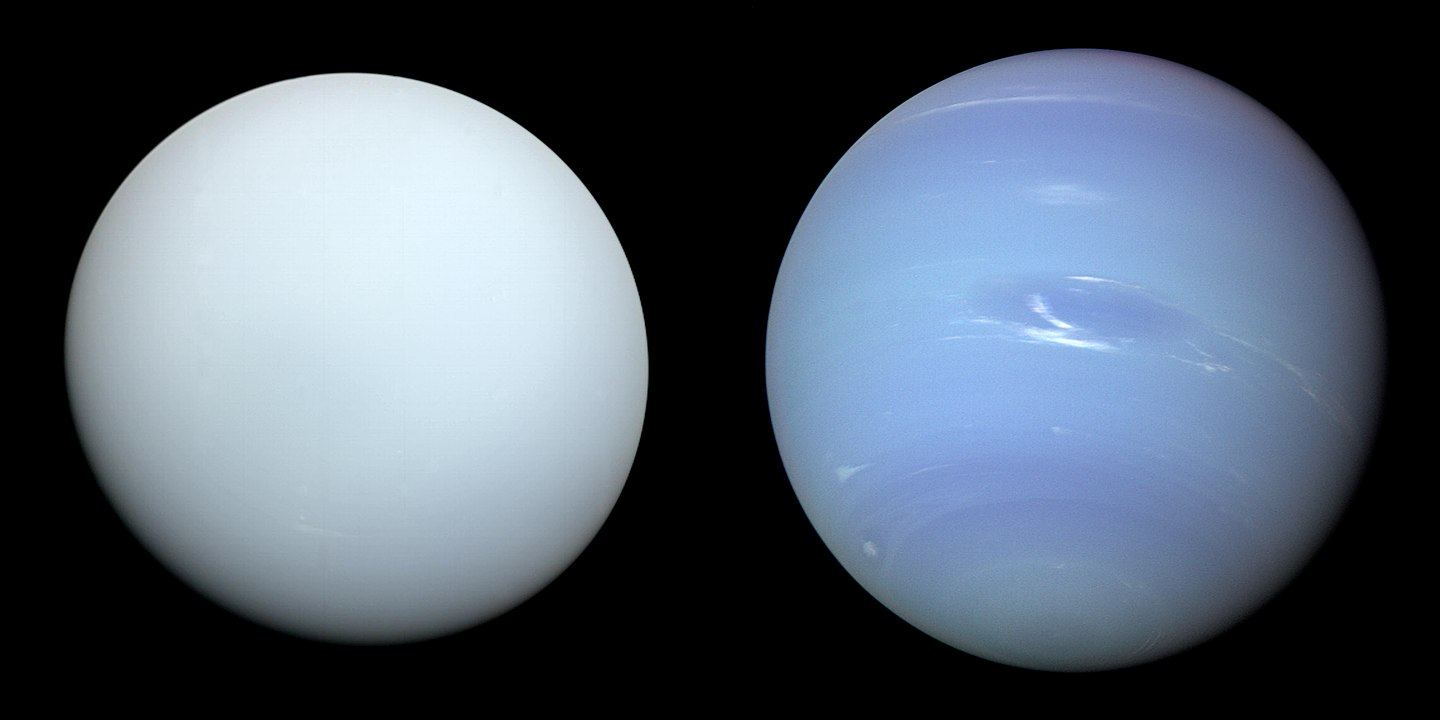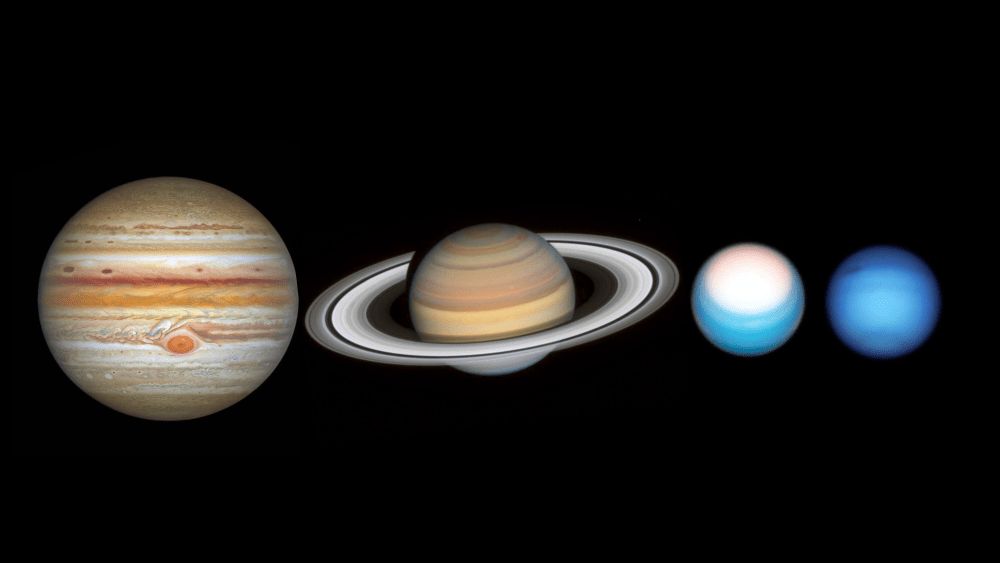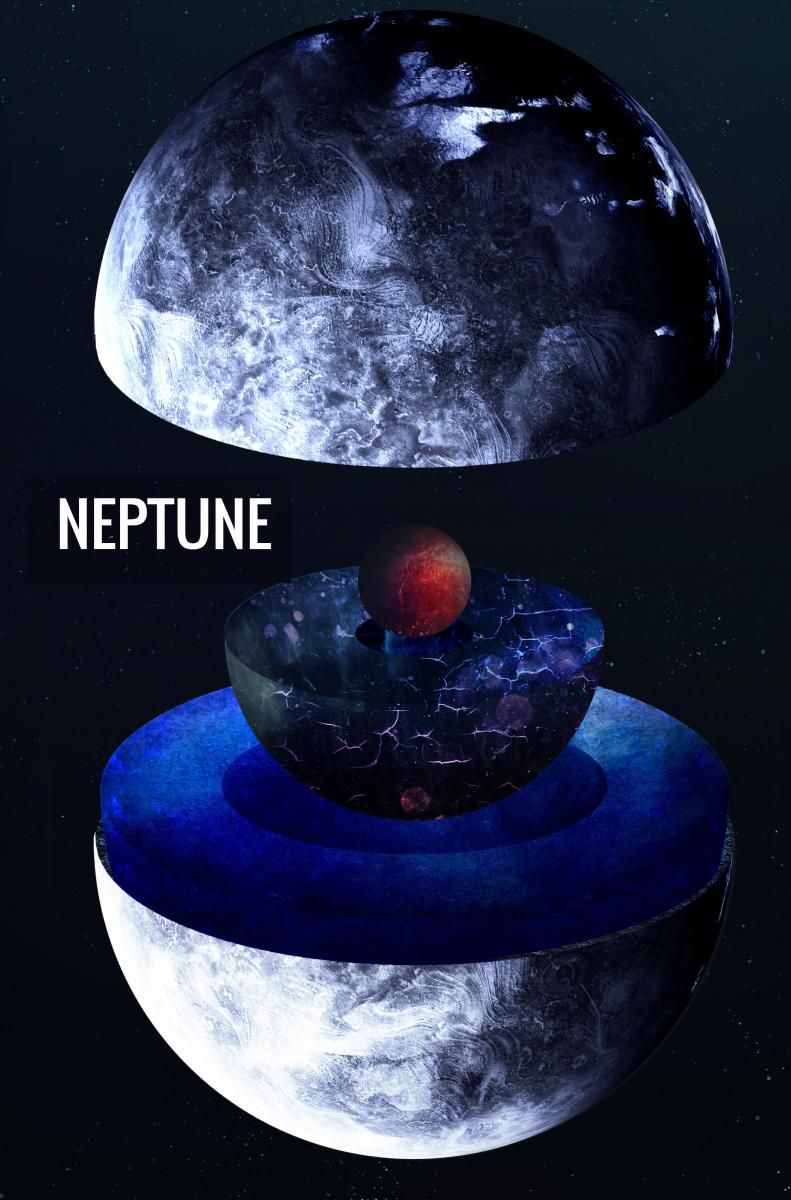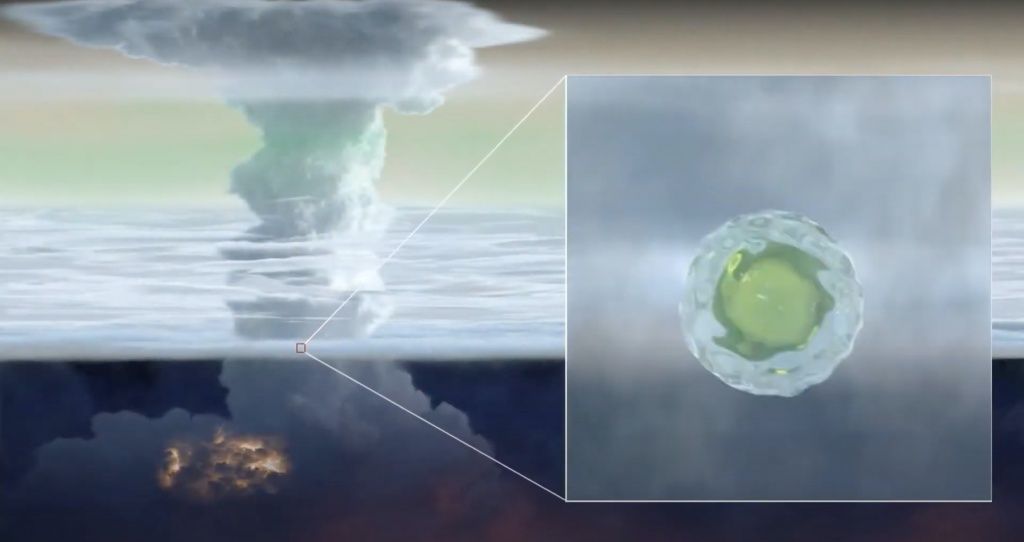The study of ocean worlds, planetary bodies with potential interior reservoirs of liquid water, has come to the forefront in terms of astrobiology and the search for life beyond Earth. From Jupiter’s Galilean Moons to Saturn’s Titan and Mimas to Neptune’s Triton and even Pluto, scientists are craving to better understand if these worlds truly possess interior bodies of liquid water. But what about Uranus and its more than two dozen moons? Could they harbor interior oceans, as well?
Continue reading “Four of Uranus’ Moons Might Have Liquid Oceans, Too”Four of Uranus’ Moons Might Have Liquid Oceans, Too


